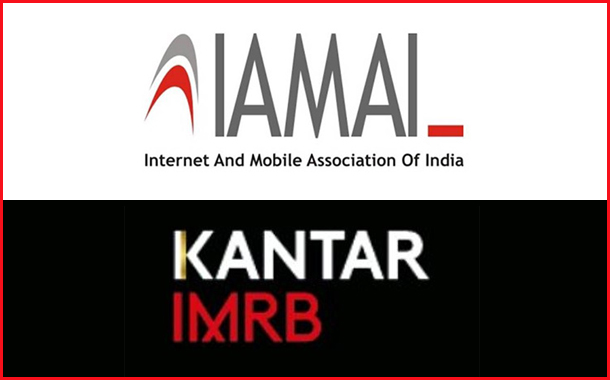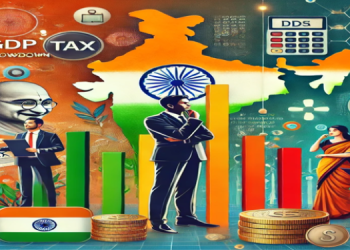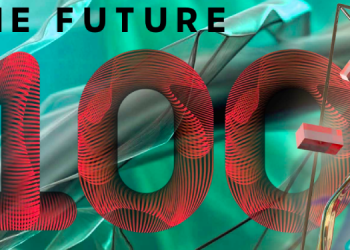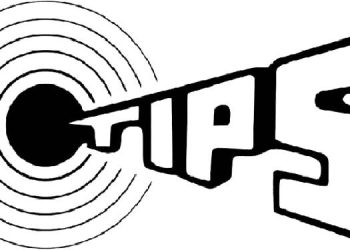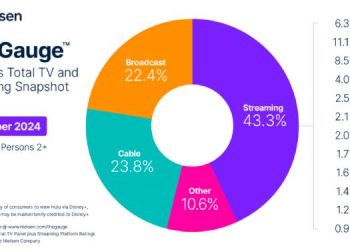New Delhi: The digital advertising spends in India was estimated to be around INR 9,266 crore at the end of 2017, growing at a rate of 27% over 2016. The growth in spends on digital advertising is expected to continue at a CAGR of 30% to touch INR 12,046 crore by December 2018. These are the latest findings of the ‘Digital Advertising in India 2017’ report, jointly published by the Internet and Mobile Association of India (IAMAI) and Kantar IMRB, today. According to the report, Digital advertising spend is about 16% of the total ad-spends in the country (estimated to be INR 59,000 Cr).
Indian Digital Advertising Market Growth(in INR crore)
The report finds thatSearch takes the lion’s share of digital ad spending. 27% of total digital ad spends (INR 2,502 crore) is made on search. This is followed closely by spends on video and mobile which is around 19% with ad spend being INR 1,779 crore and 1,761 crore respectively. Spends on social media stand at 18% with ad spend around INR 1,668 crore and least being display ads with only 16% with total ad spend being only INR 1,483 crores.Spend on mobile advertising (SMS/In-app ads) also recorded high YoY growth of 34% from INR 1,314 crore in 2016 to around 1,761 crore in 2017. This is because advertising on mobile is considered to be innovative and conveys the message clearly. Also in-app Advertising Avenue is currently being explored and used across various industry sectors since it is believed to fetch better monetization.
In terms of total spend, BFSI lead the digital ad-spend with spends around INR 2022 crore, followed by Ecommerce.A comparison of these verticals in terms of share of spends on Traditional vs. Digital show that BFSI brands incurred the highest share of advertising on digital media with 46% of their overall advertising spends are digital, followed by E-Commerce, Telecom and Travel.
Share: Traditional vs Digital Advertising Spends by Verticals
Another interesting trendis the growth of‘Native ads’as a popular option. These ads operate as a connector between advertisers and publishers. It solves a problem for them by providing consumers with content that does not disrupt their online experience and is more likely to be seen by them.
Moreover, from a consumer’s perspective,the proportion of Internet users who believe that online ads are informative and that they help them in finding the right product/service they were searching for, is greater than 2016. More important, there has been an increase in the number of consumers who felt that relevance of digital advertising has increased.

